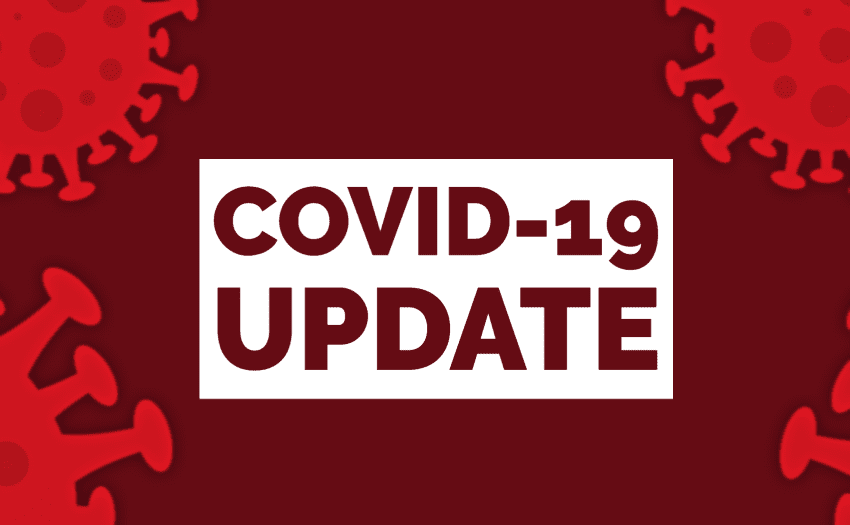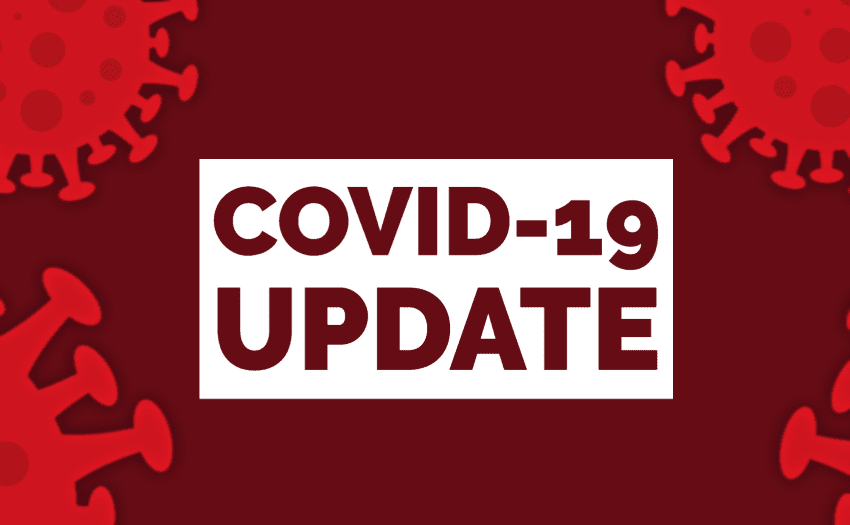
by Government of Barbados | Mar 5, 2022 | Corona Virus, Top Stories
A total of 150 people, 69 males and 81 females, were identified as COVID-19 positive from the 997 tests carried out by the Best-dos Santos Public Health Laboratory on Friday, March 4. The cases comprised 28 persons under the age of 18, and 122 who were 18 years and...

by Sharon Austin | Feb 26, 2022 | Corona Virus, Top Stories
https://youtu.be/eqDe9USId_I COVID-19 update and press conference – February 26, 2022. (PMO) Barbados’ COVID-19 situation is “under control and getting better”. This assessment came today from Minister of Health and Wellness, Ian Gooding-Edghill, as he...

by Government of Barbados | Feb 26, 2022 | Corona Virus, Top Stories
As of Friday, February 25, 171 persons tested positive for COVID-19 from the 1,107 tests conducted by the Best-dos Santos Public Health Laboratory. Of the 171 persons, 87 were males and 84 were females. From the new cases, 30 individuals were under the...

by Government of Barbados | Feb 6, 2022 | Corona Virus, Top Stories
The Best-dos Santos Public Health Laboratory has reported 462 new cases of COVID-19, comprising 227 males and 235 females. Eighty- Six under the age of 18 and 376 persons who are 18 years old and over. The number of tests conducted was 2,102. There are currently 162...

by Government of Barbados | Dec 25, 2021 | Corona Virus, Top Stories
The Best-dos Santos Public Health Laboratory identified 47 new COVID-19 cases (23 males and 24 females), from the 800 tests carried out on Friday, December 24 Of these, five persons were under the age of 18, while 42 were 18 years and older. There were 120 people in...






